Women's and gender history
More about:

She paved the way for the anti-racist movement in Norway
When the classical singer Ruth Reese arrived in Norway in 1956, she brought with her a strong commitment to fight racism and apartheid.

French women had more power in the Middle Ages than after the revolution
The Middle Ages were not all about tyrannical rulers and power struggles. Cooperation, compromise, and women in power were also common, according to a historian at the University of Oslo.

Medieval law in Norway gave women new rights
In 2024, Norway celebrates 750 years since the Code of the Norwegian Realm was adopted. For women, that meant more access to financial resources and power.
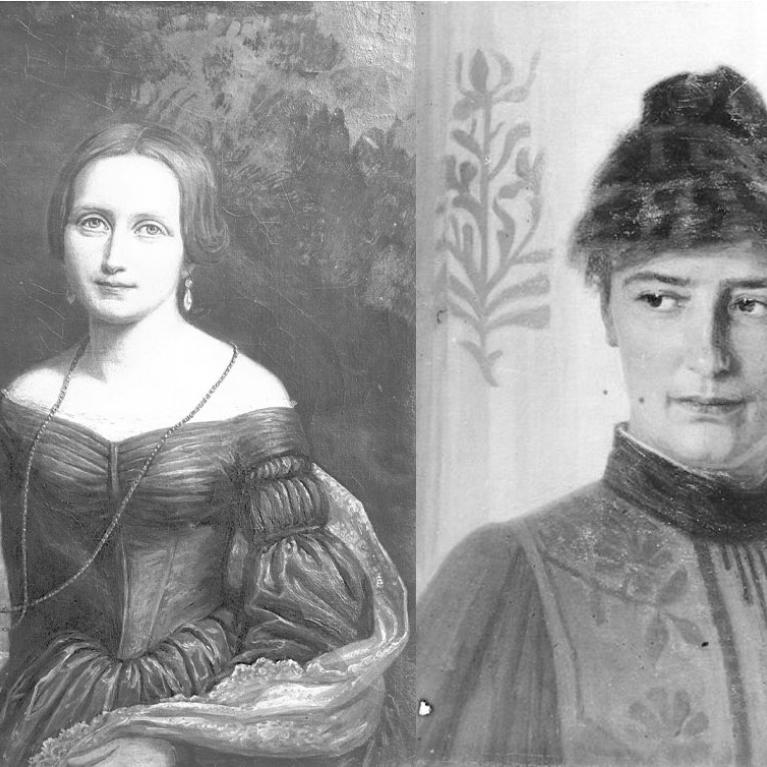
The political love letters of Camilla Collett and Amalie Skram
Both Camilla Collett and Amalie Skram challenged the role of women in their writing. Even the letters they wrote to their hearts' chosen reflected the debates of their times about the role of women in matters of love, marriage, and society.

Female musicians ride the Norwegian country wave
Country music is often portrayed through masculine stereotypes. Nevertheless, female musicians have helped define the genre’s development in Norway, researchers say.
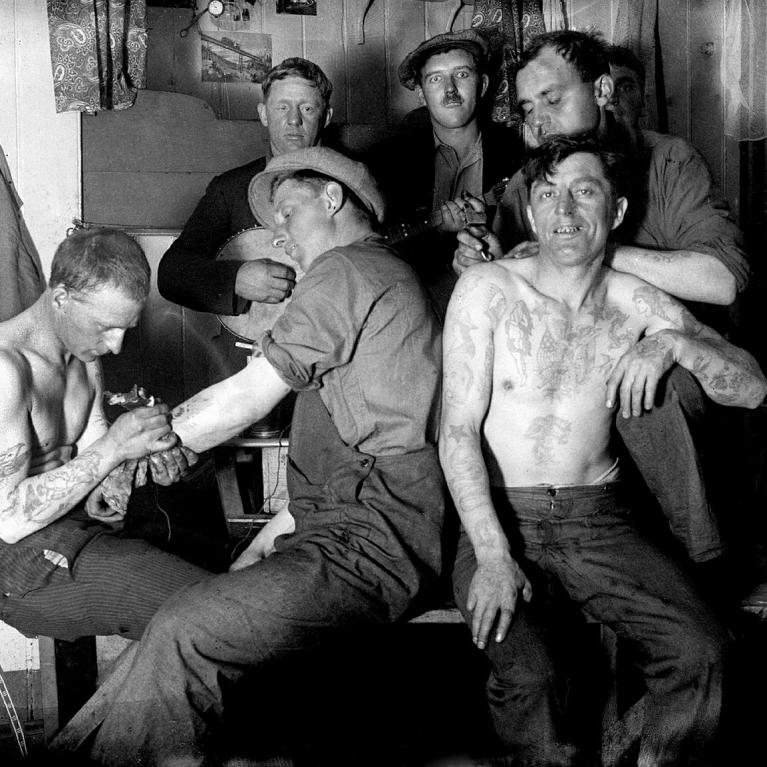
Whalers dressed up as women and slept snugly together
At the same time, life on the whaling vessels was both boring and extremely dangerous, according to one researcher.
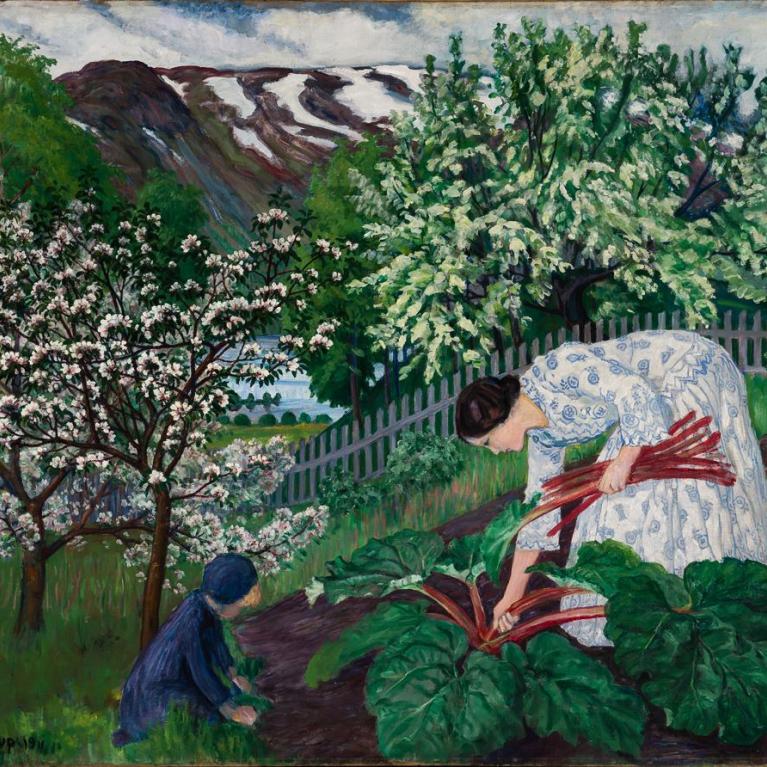
Reading Nikolai Astrup's paintings in light of his mother's art
A recent doctoral thesis highlights new perspectives on the famous painter. In particular, the influence of his mother, wife and handicraft provides new insights into his oeuvre.
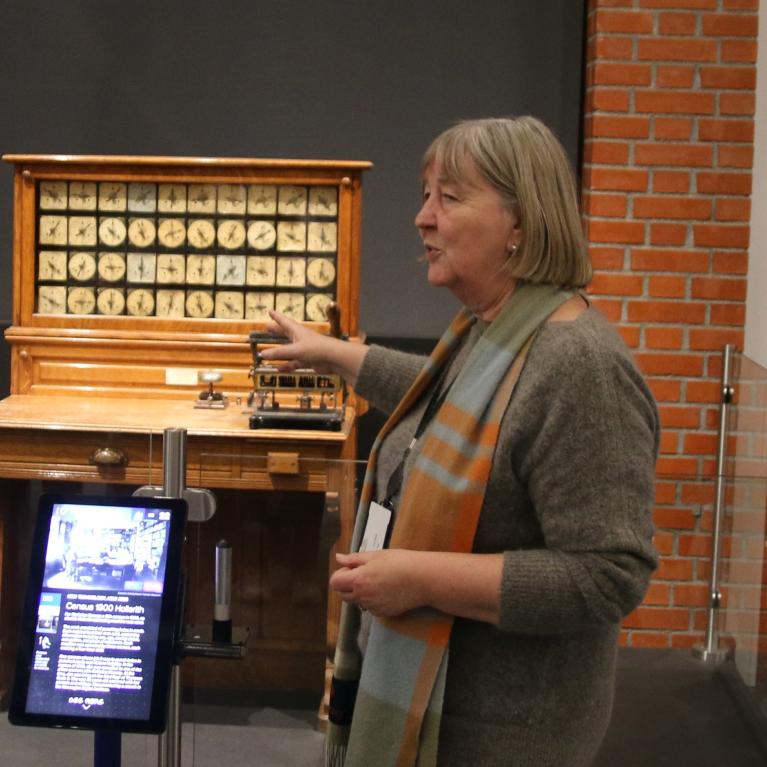
Interactive technology and "co-creation" foster diversity at the museum
Digital technology and interaction with the public will help increase diversity and highlight women in the Technical Museum's exhibitions.
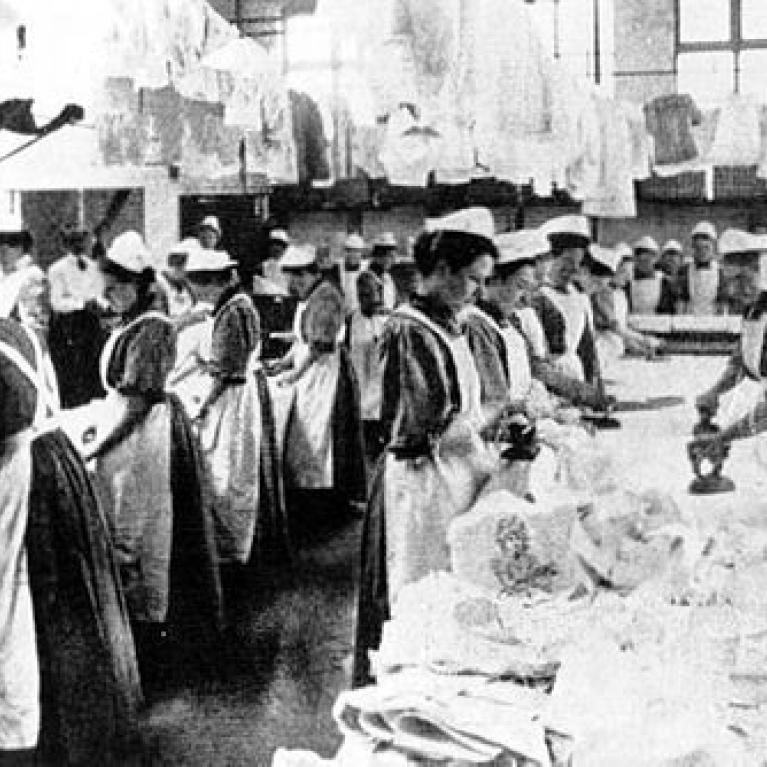
When the state apologises, history must be rewritten
When victims of state abuse achieve recognition, the identity of the entire people will change, according to Eirik Vatnøy. He has analysed the rhetoric of an Irish rights campaign for women detained in Catholic laundries.
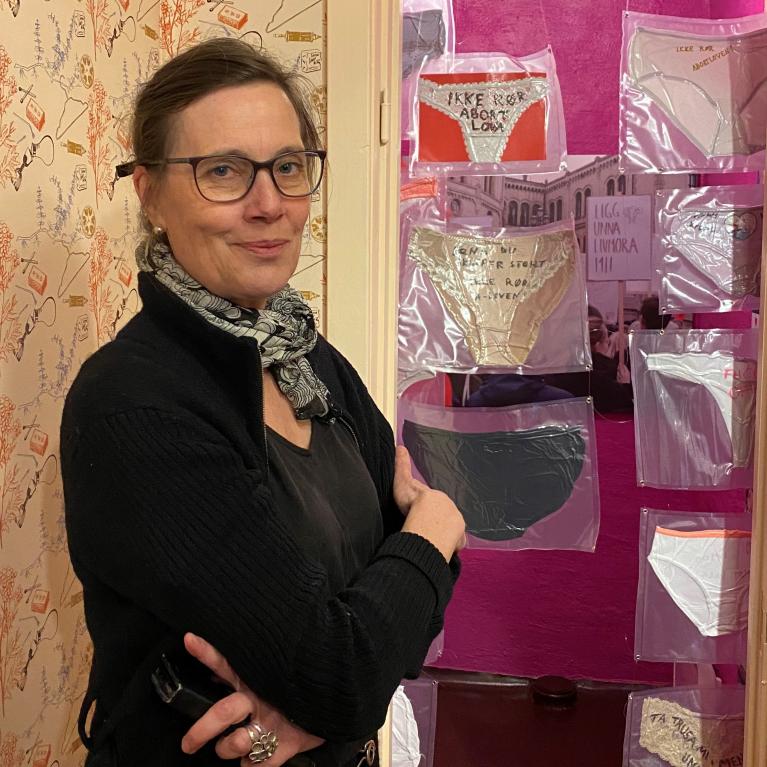
Wants to make it easier to share experiences of abortion
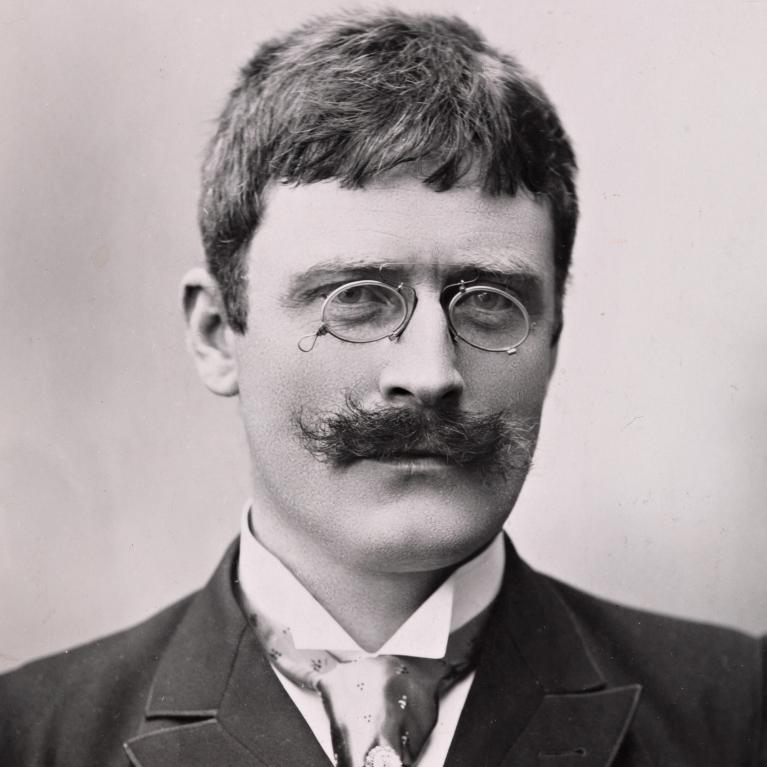
The versatile Hamsun
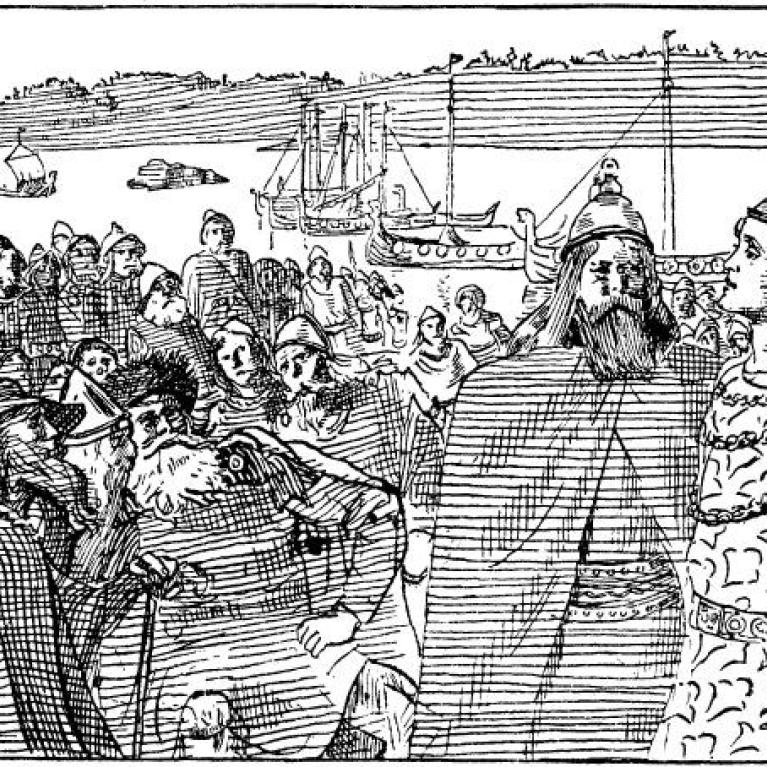
Ancient objects shed new light on women’s role in the Viking raids
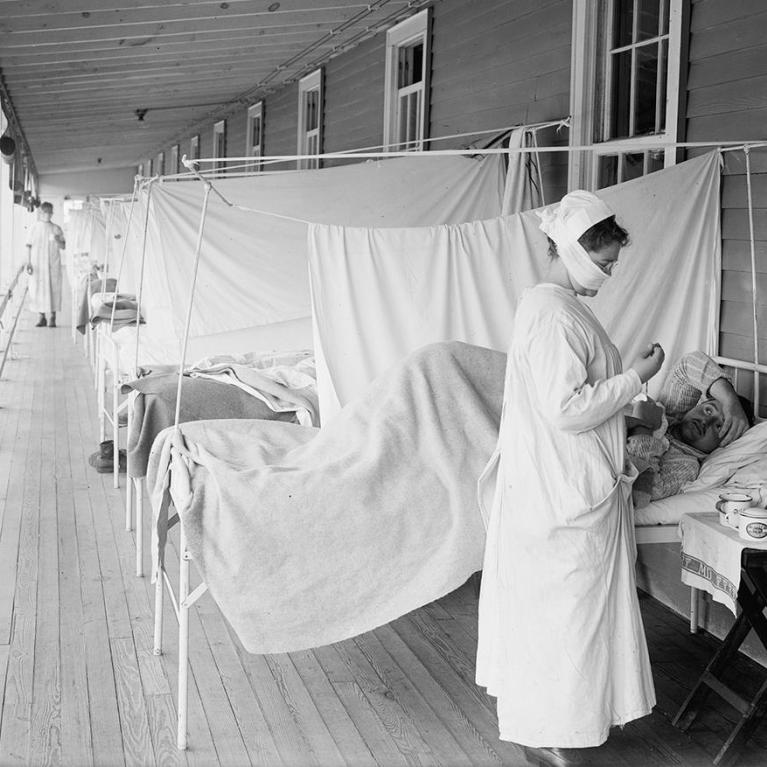
“Pandemics affect women and men differently”

“Women’s historical contributions are still ignored”
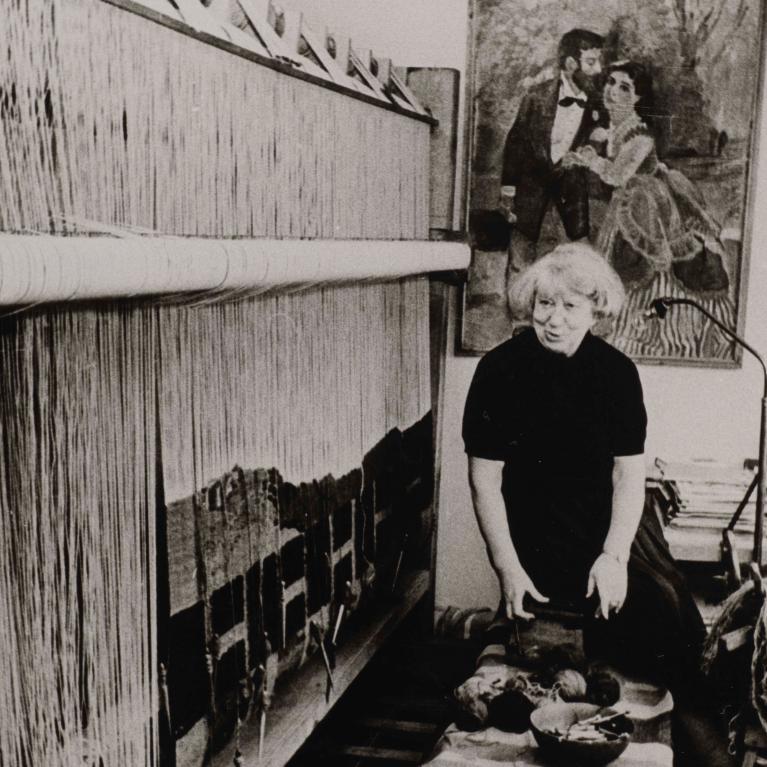
Calls for a revival of the artist Hannah Ryggen
Publikasjoner
News Magazine
Our news magazine is an independent online newspaper and a member of the Norwegian Specialised Press Association Fagpressen.